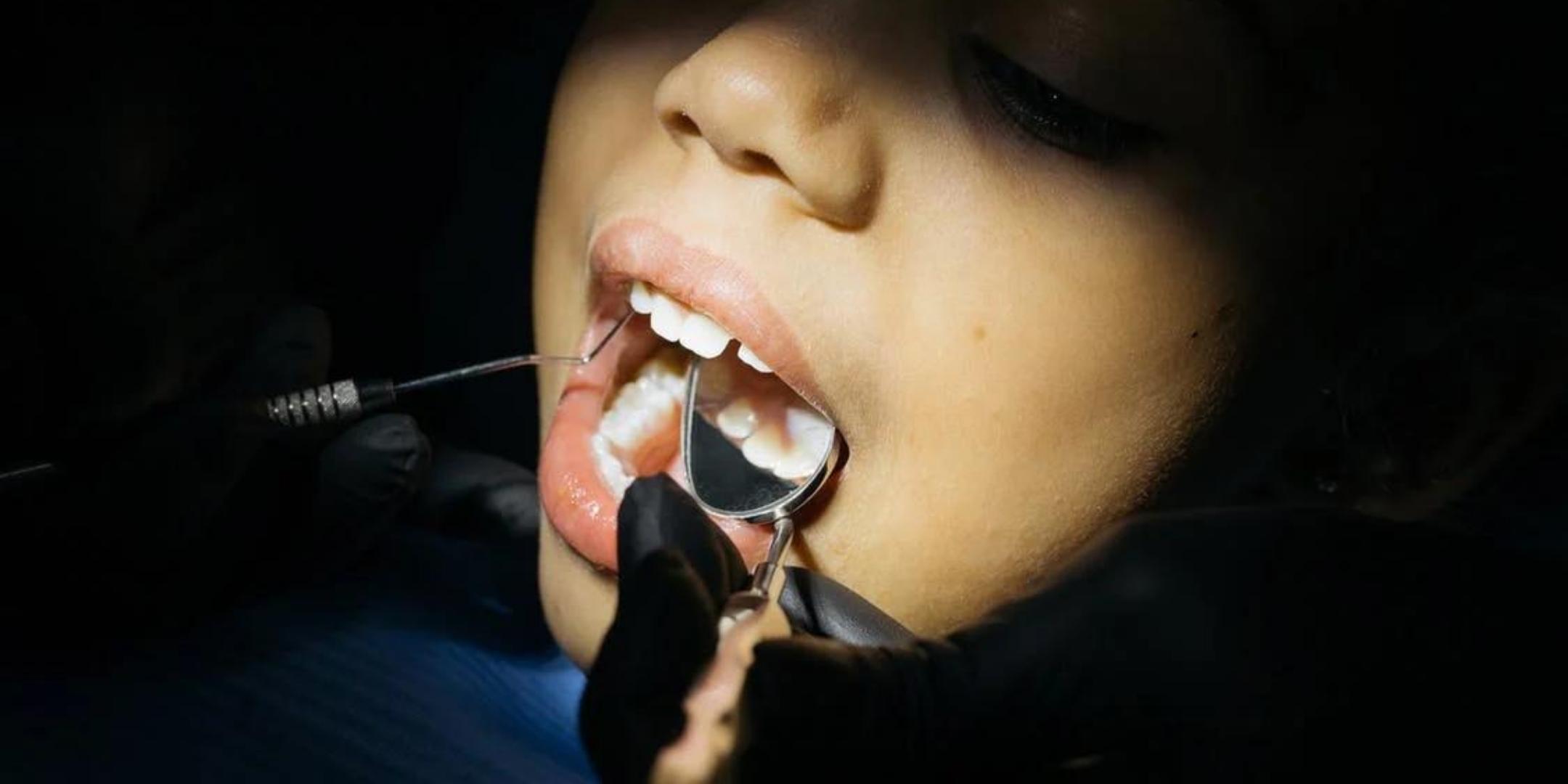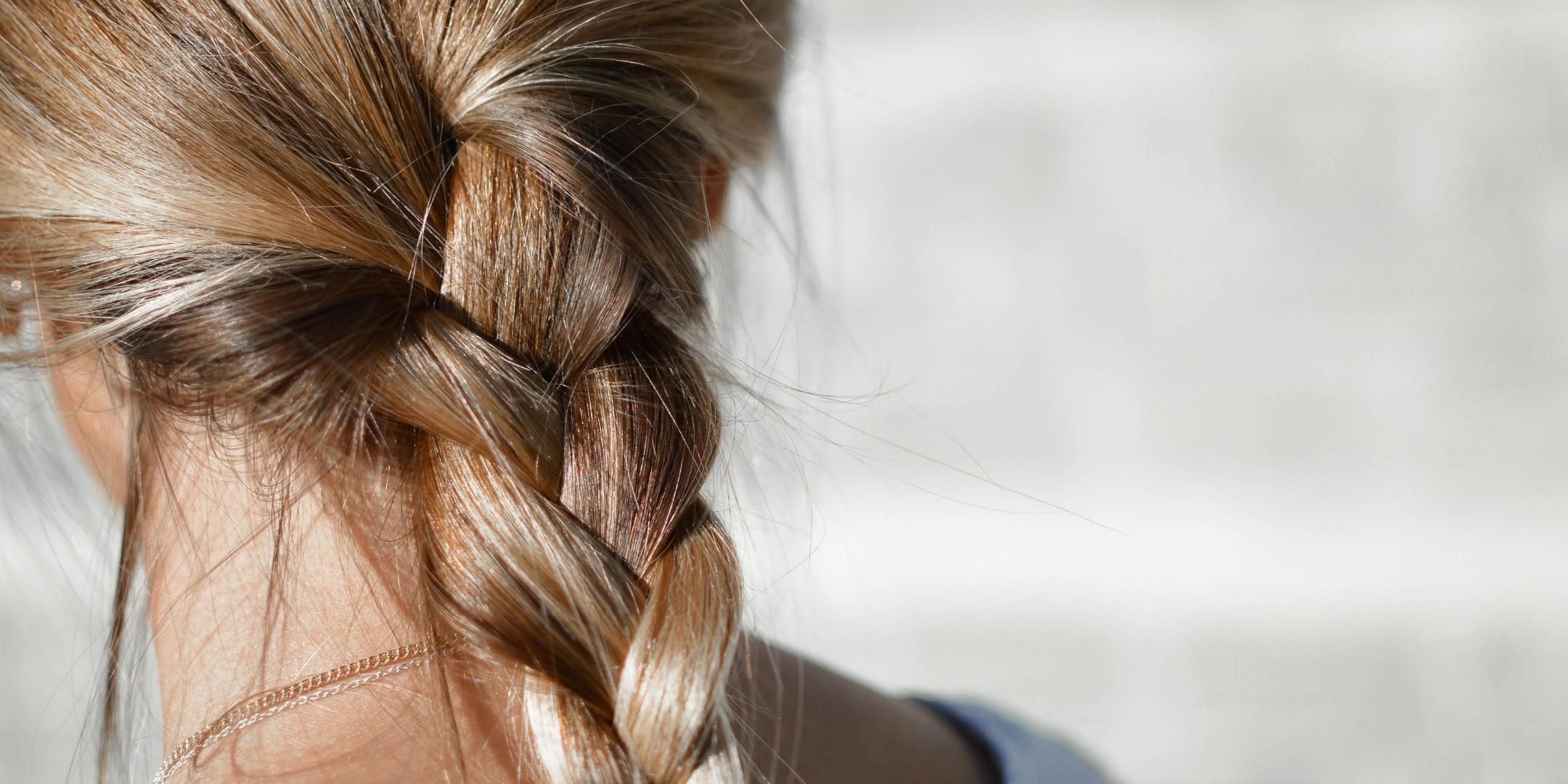Wounds can heal from the inside-out or the outside-in. For injuries to heal, sutures, staples, or other tools must be used to close them. As you might expect, more superficial wounds stay in the epidermis layer and heal faster. If you have a more profound, full-thickness injury, the damage is more extensive and takes longer to heal, making the scar more noticeable and thicker.
There are two types of tissue: one for scars and one for the rest of the body. People may feel tight and be unable to move freely because there is less flexibility. In scar tissue, collagen proteins grow in a single direction, not in a way that looks like healthy skin. If you get a cut, scar tissue can take up to 18 months to grow, but it will never be as strong as uninjured skin.
Getting a scar can be painful
Scar tissue isn’t always painful, and it doesn’t always have to be. If there is pain, it may be because nerve damage from the injury has caused the pain. Also, there are times when scars don’t hurt for a long time because nerve endings grow back over time. Pain can also come from fibroblasts causing long-term inflammation, which can cause itching, swelling, tenderness, and sensitivity. This is called fibrosis.
Types of Scars
The type of injury, like burns or stab wounds, can cause a scar to form. There are several different types of spots that can develop.
Scars from trauma
When an injury to the skin heals, it leaves behind a very painful scar. Traumatic scars often cause strange feelings, pain, and itching. Physically, psychologically, and socially, scars from trauma can affect people. People who have spots can be depressed and anxious, especially if they have burn wounds.
Atrophic scars are scars that fade over time.
Atrophic scars are a lot thinner and less noticeable. The scar area might seem a little different from the rest of the skin. As an instance, chickenpox and acne scars are both atrophic scars.
Hypertrophic scars
These scars are raised or “ride high” above the skin and are thicker, staying close to the wound when it was cut.
Contractures (scar tightening)
Contractures are found next to joints in the body. People who have to scar over a joint will make it hard to move and hurt when they contract.
These scars are called keloid scars because they rise above the skin’s surface and go farther than the original wound. After getting hurt, they usually have a red plaque that forms on their bodies. Keloid scars are most likely to appear on the earlobes, the breastbone and shoulder bone, the back and face.
Six to eight weeks are needed for surgical scars to heal, if large or deep. It all depends on the patient’s general health and the type of surgery they had.
Stretch marks happen when the connective tissues under the skin are damaged, causing the skin to stretch or shrink too quickly, which leaves scars. These are often seen during pregnancy or after gaining or losing weight.
Is Scar Tissue Pain Hurt More?
Having scar tissue can make you feel bad in many different ways. Pain may come from tight skin, making it hard to move freely. Other times, scar tissue pain comes from nerve damage caused by the original injury. If the wound was profound and hurt nerves or tendons, you might have long-term symptoms, like pain or numbness, in the area where the damage was.
When the body makes too much scar tissue, called fibrosis, some people get hurt. Fibrosis can cause adhesions, which can cause pain, inflammation, and loss of function in the tissue or joint. This can happen over time. The growth of cells called fibroblasts causes frozen tissue. These cells form when scar tissue grows. If the fibroblasts don’t go away over time, they keep the inflammation going for a long time, which is not good. Some other symptoms of scar tissue are itching, swelling, and tenderness or sensitivity.
What Are The Side Effects Of Scar Tissue Pain?
Its side effects include pain, tightness, itching, or trouble moving for some people. As scar tissue grows over time, these symptoms may show up years after an accident.
What Are The Methodologies To Fix Scar Tissue Pain?
Regardless of how much pain you are in, there are treatments for scar tissue and its unpleasant symptoms and appearance. Talk to your doctor about the following treatment measures that would help you relieve off your scar tissue pain.
Doing the Surgery Again
Cosmetic surgery can remove scar tissue from the skin, or skin can be transplanted from another part of the body. If you have any aesthetic concerns and a lot of pain, these may be good options for you. This may happen if you have third-degree burns, severe wounds from an accident, or other types of injuries.
Corrective surgery has some downsides, such as the risk of getting keloid scars from the surgery itself. So, your plastic surgeon will figure out if the new spot would be far less noticeable than the old scar tissue.
Dermabrasion
Dermabrasion or laser therapy may help scar tissue from burns, cuts, and terrible acne. However, you’ll need to go for many iterations over a long period. Some treatments can remove the outer layer of scar tissue but not the whole area.
Pain and swelling are also possible. Those symptoms will go away in a few days after you have surgery.
Using serums and creams
A topical serum for scar tissue, like one with vitamin C, may also help some parts of your skin. Serums may be suitable for small areas of scarring, but if there are a lot of scars, a dermatologist may need to use more aggressive treatments.
Another thing you can buy over the counter is an antihistamine cream, especially if your scar tissue is still very new and itchy.
Injections and other injectables
Getting corticosteroid injections can help ease pain and inflammation. There are many ways to get steroids into your body, but they work best for scarring on the surface of your skin.
Another option is to get Botox injections. These work by relaxing muscles in the part of the body that is hurting and making it less painful. Though Botox injections can help with the pain caused by scar tissue, they won’t make a scar disappear in the way that it does now.
Adhesion Barriers
These gel- or liquid-based materials are more of a preventative than a treatment, so they don’t need to be used. They’re bandages that keep things from sticking together after surgery. Such techniques are meant to keep your skin from sticking together so that you don’t have as much pain and discomfort, as well as less scar tissue.
It is thought that adhesion barriers can help with scarring from gynecologic surgery, such as hysterectomies and cesarean births.
Compression treatment
Your doctor may also recommend using compression to help your scar tissue. This helps reduce the inflammation in the skin parts that are hurting, and it also helps ease the pain.
Compression wraps can be found at the drug store. Place them around the area that needs help as often as you want during the day. Besides getting some relief from the pain, you may also see the scar tissue shrink in size over time.
Massage
A massage can help with the pain caused by scar tissue. They will use deep tissue mobilization or myofascial release techniques to help reduce inflammation and encourage movement in the area that is hurting, and they will do this several times.
Massages can help with any pain caused by scar tissue, no matter how bad it is. They could be done by a chiropractor or a licensed massage therapist. Let your doctor or nurse know about your scar tissue pain in advance.
The Graston method:
Your family doctor may advise treatment for your joints called the Graston method. There are stainless-steel tools that work to break up the scar tissue that’s getting in the way. People who use the Graston technique best have painful scar tissue that makes it hard for joints to move.
Physical therapy
Sometimes, burns and injuries can leave you with terrible wounds and a lot of scarring. This can hurt the muscles and joints in your body. This, in turn, can limit your range of motion and make it hard for you to do everyday things. Physical therapy could help you if you have these kinds of problems.
They can help you do exercises that will help you build strength in your muscles and joints again. This is especially good if your scar tissue makes it hard to move your back, abdomen, or limbs.
Stretches and workouts to stay healthy
As well as physical therapy sessions, there are other exercises and stretches you can do on your own at home to help your body heal. Then, talk to your doctor and physical therapist about what to do.
Stretching can be beneficial in the morning when your body is more likely to be stiff. This can also help with the pain caused by scar tissue inside your body.
Final words
Scar tissue pain is normal after surgery, and it will go away after some time, say weeks or within months. Some of them might cause longer trouble, and it is best recommended to follow the methodologies mentioned above that might help you beat scar tissue pain in the long run.









